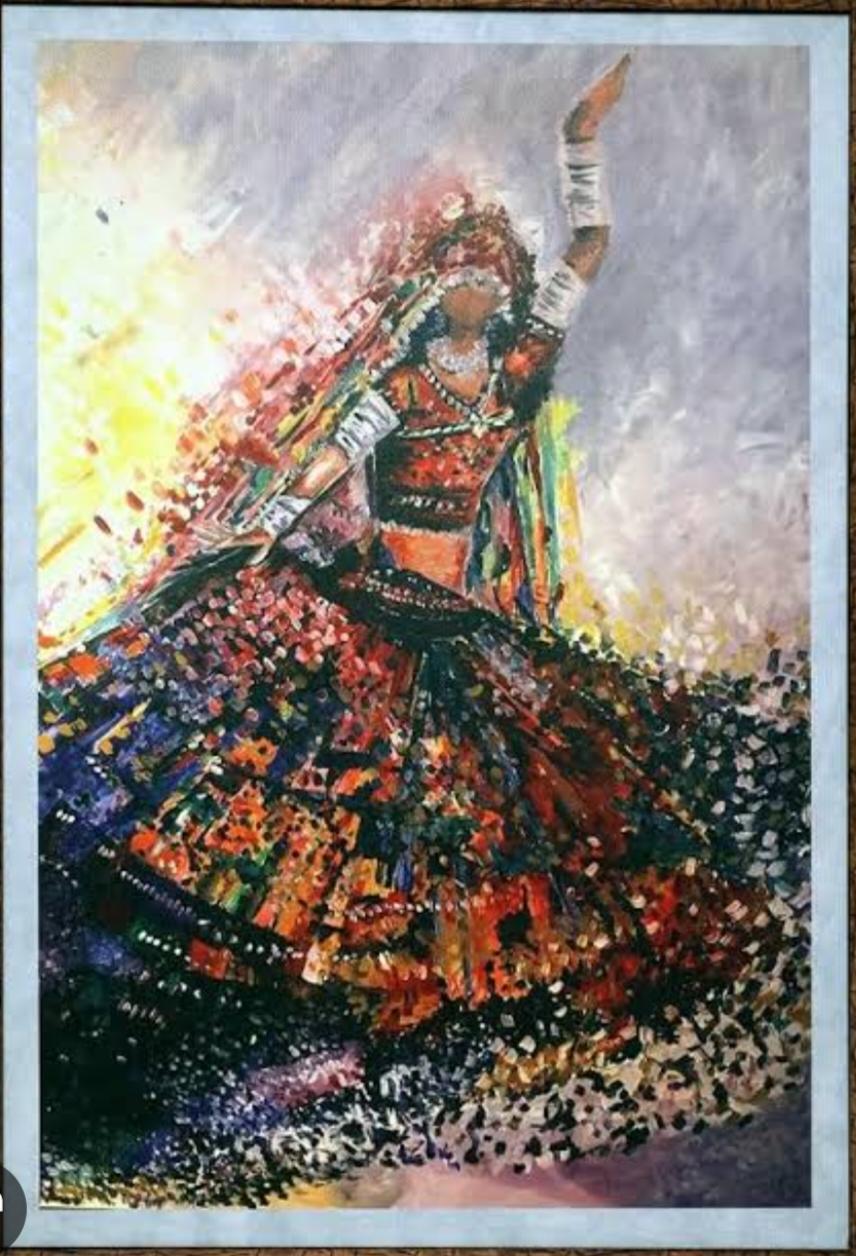What if Dance Could Save the World?
The New York TimesDance is a form of human expression through movement that serves as a performing art, a way to stay fit, and a means of celebrating cultural heritage and identity. It is a universal practice found in rituals, social gatherings, and modern-day recreational and competitive activities. Dance has been shown to provide physical, cognitive, and emotional benefits, and its synchronized nature can also foster social bonding.
Benefits of dance
Physical health: Dancing is a great way to get physical activity, which helps with strength, flexibility, and balance. It is an excellent workout that can be adapted for different ages and physical abilities, even helping with motor symptoms in conditions like Parkinson's disease.
Mental and cognitive health: Dance can improve cognitive function, memory, and sensory-motor skills, particularly for older adults and individuals with brain injuries. The process of learning steps and coordinating movements helps build neural pathways.
Emotional and social well-being: Dance provides a healthy outlet for processing emotions that are difficult to verbalize. Synchronized movement in groups can enhance mood, cooperation, and social bonding. It also builds self-confidence and allows for a different kind of physical and social interaction, especially in an increasingly digital world.
Cultural and historical significance
Ritual and tradition: Throughout history, dance has been a central part of rituals, worship, and social celebrations in many cultures.
Cultural identity: Dance plays a vital role in expressing and preserving cultural heritage and identity. Examples range from classical Indian forms like Bharatanatyam to the Native American Jingle Dress dance, which is used for healing.
Evolution as an art form: Over time, dance has evolved from a social and ritualistic activity into a more structured performing art, with professional dancers performing in theaters.
Applications of dance
Education: Dance is integrated into educational systems to teach students about movement, culture, and physical activity.
Recreation: It is widely enjoyed as a recreational activity for fun and fitness.
Therapy and rehabilitation: Dance is used as a therapeutic tool to help individuals with developmental disabilities, traumatic brain injuries, and other conditions improve their motor and social skills.

